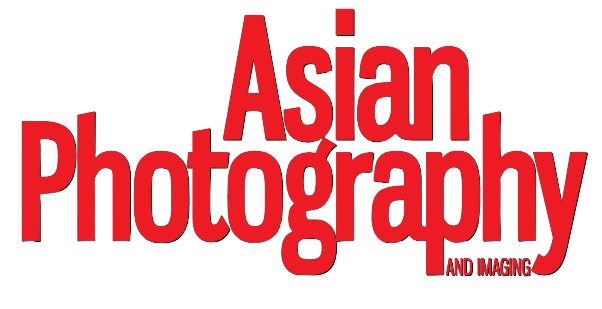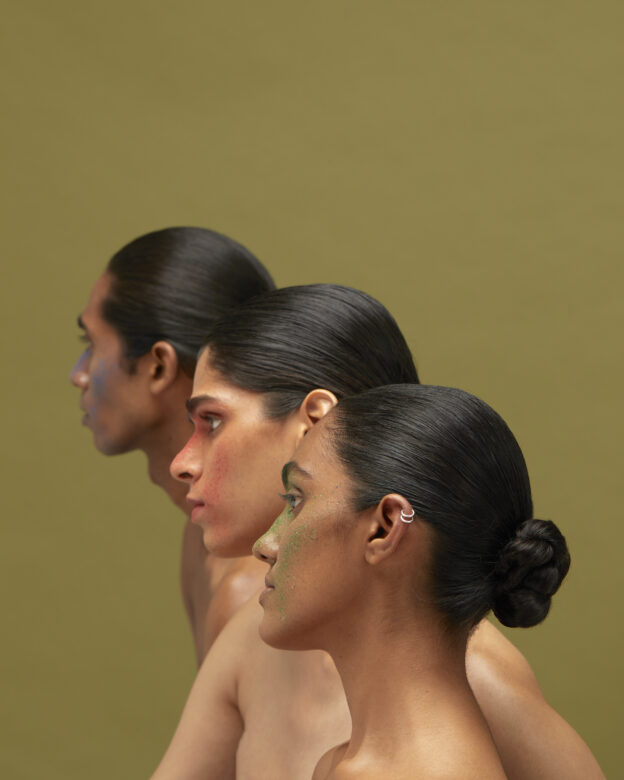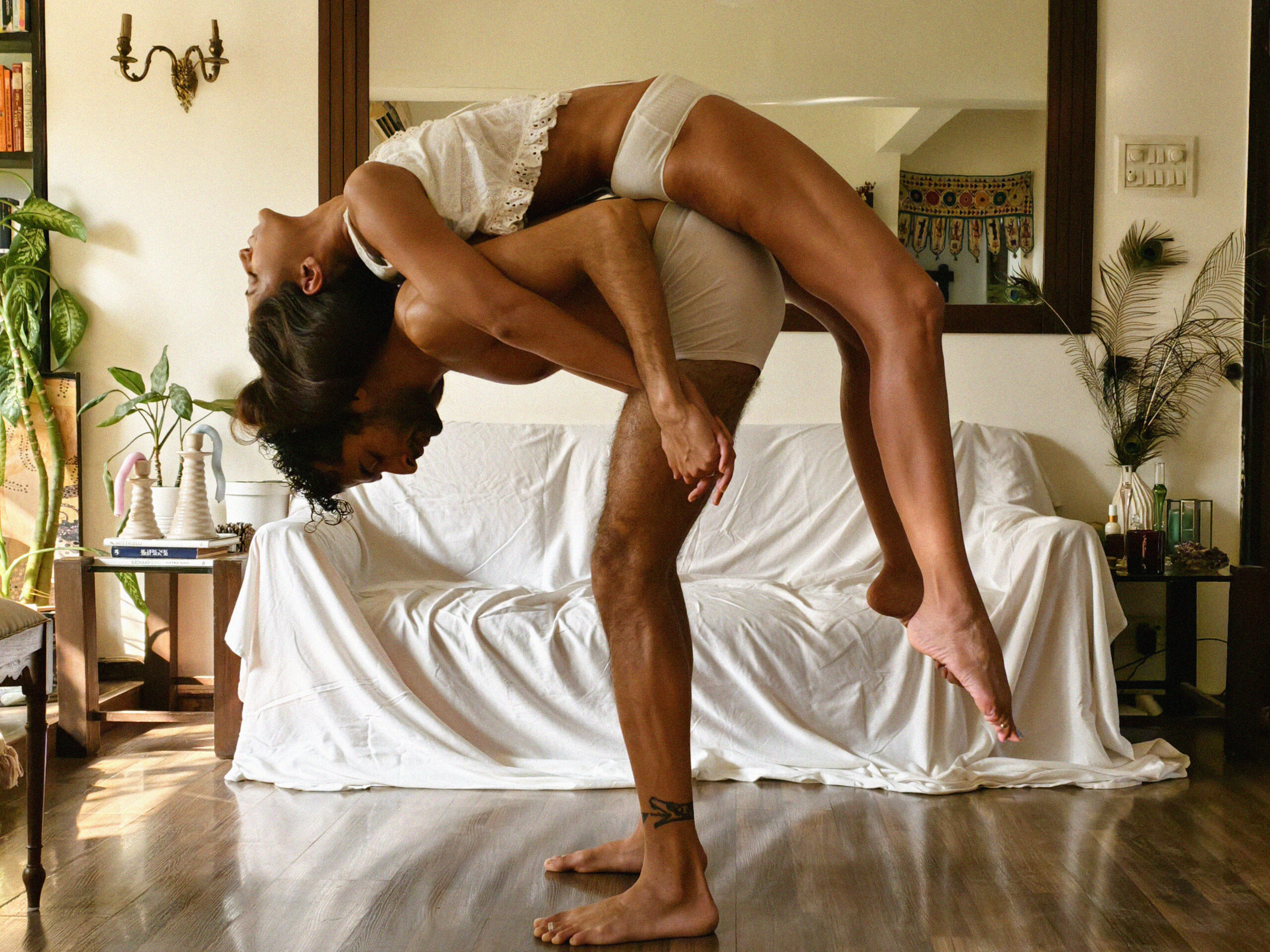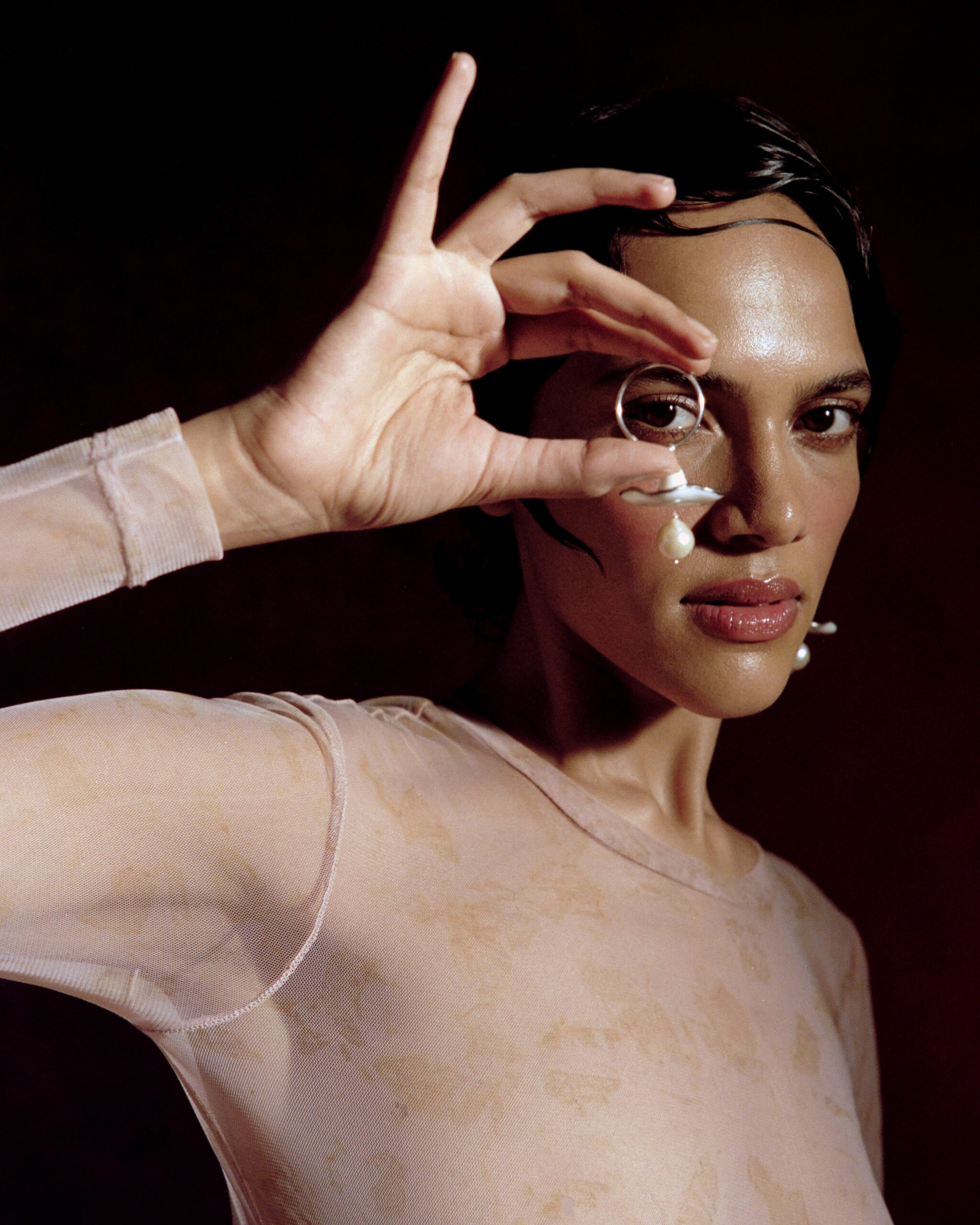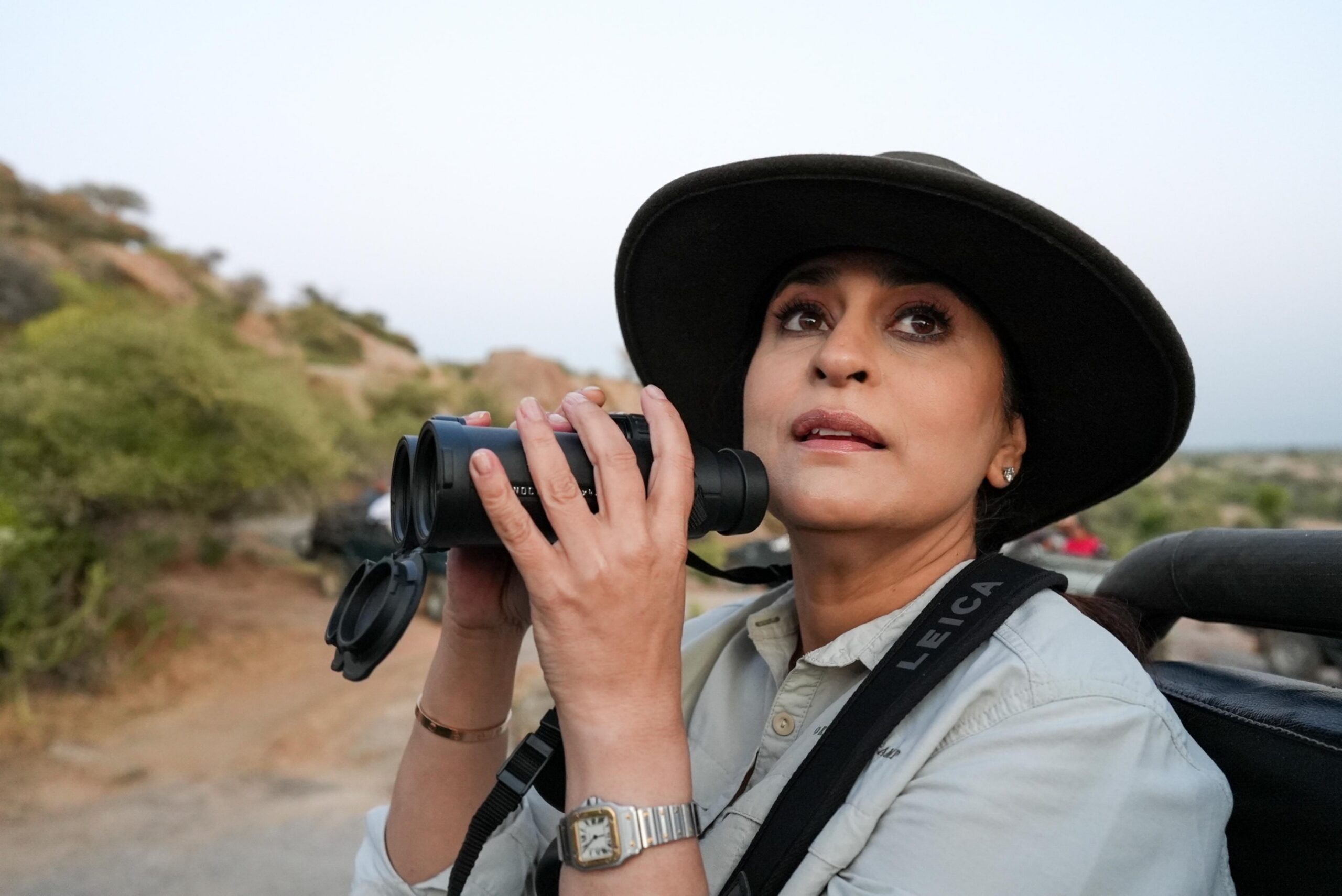
Dr Latika Nath, The Tiger Princess of India, has been photographing stories for years now, blending art and advocacy. Through photography, she’s paving a way for the next generation of women to come ahead and break the glass ceiling. Her work has brought her several accolades, publishings & exhibitions. Today, she is a Nikon Creator & Ambassador for Leica. Asian Photography spoke to her about her upbringing, passion for photography & wildlife conservation, the barriers she has faced in her life & her career, storytelling and more. Excerpts:
What inspired you to become a photographer, and what was the journey like?
I grew up surrounded by a family that loved the outdoors and photography. National Geographic magazines were always around, and every vacation was carefully recorded. As a child, sitting and listening to friends of my parents who were photographers had me dreaming of a life as a wildlife photographer. I got my first camera when I was five years old, and would follow my father around and take photographs on vacations. Later as a scientist, photography became a tool for documenting animal behaviour, identification, monitoring and story telling for conservation of species, cultures and communities.
I was married to a wildlife photographer and spent over a decade being discouraged from doing any photography. My photography was perceived as a threat to his, and for over a decade, I hardly ever picked up a camera. After separating from him, I realised the decade that I had lost. Cameras moved from film to digital, lenses and technology had changed, and it wasn’t a gradual process, it was a quantum leap. Kodachrome and Fuji films were things of the past, with a few specialised photographers who would continue the craft.
It was with trepidation that I borrowed a camera from my father. Unsure of my ability to learn to use it and even less certain of whether I would be able to make the kind of images I knew I wanted to, I embarked on a journey of discovery and wonder. Every image I took was for myself, allowing me to remember the details about my journeys, the places I visited, the wild animals I came across and the people I met. My memory would fall short, and I would not be able to recount the details, but my photographs reminded me of the time and the place. The photographs were taken for myself first, and then I began to slowly share a few with other people.
With renewed confidence, and excitement, I began to purchase equipment one at a time, and spent most of my time travelling. Nikon noticed my work and invited me to become an NPS member. That was the beginning of a new time. To my surprise, I realised that people actually enjoyed my photographs, and that without realising it I was being considered a member of the wildlife photographer community in India, and then across the world. It was humbling and still surprises me. Exhibitions and books followed, and I began to be spoken of as a professional photographer. And this love affair with photography continues to be a central part of my life.
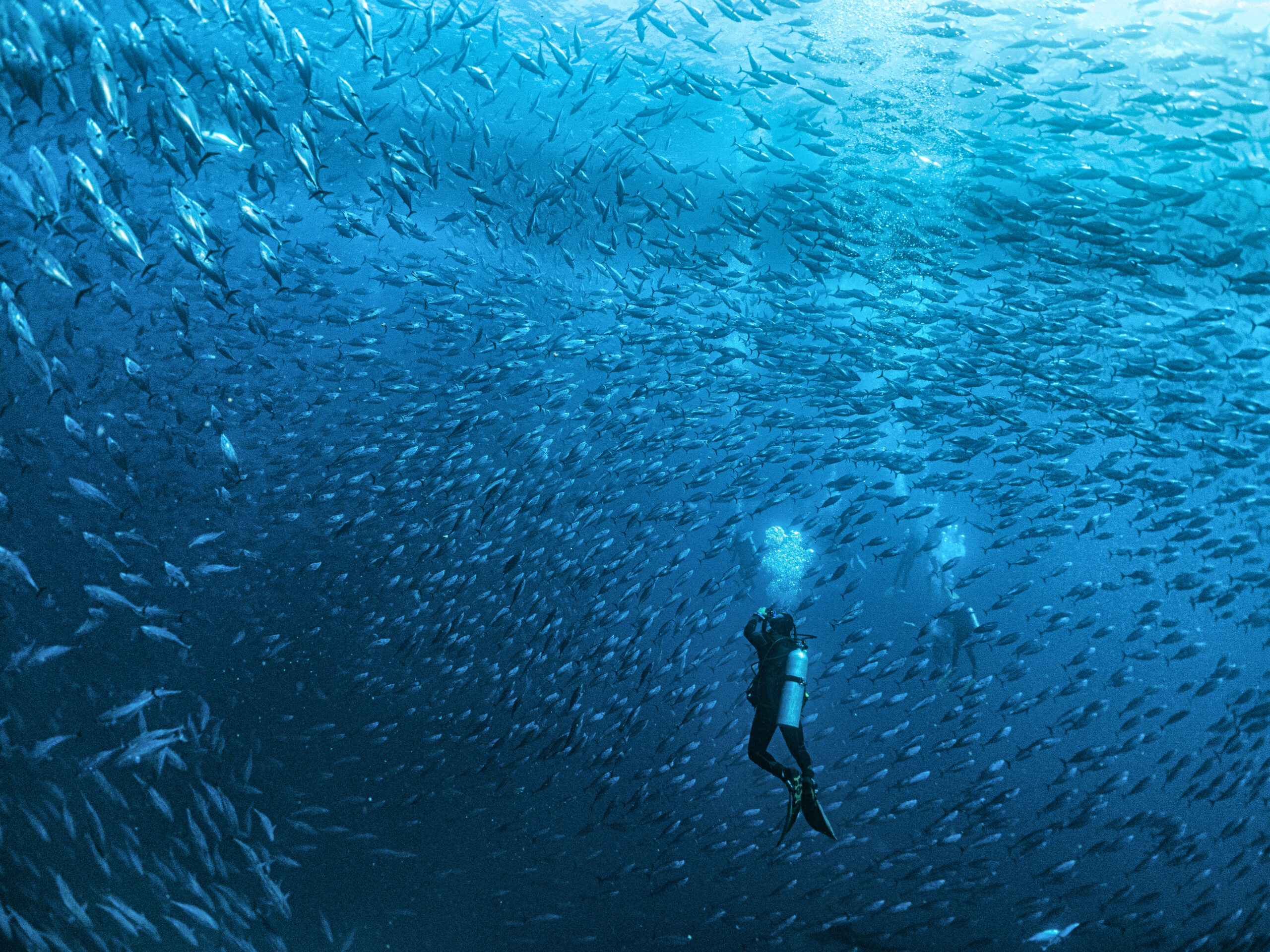
What kind of stories do you love telling through your photographs?
I photograph anything that fascinates me. Portraits of Wildlife & people, landscapes, architecture, the stars, food, marine life, culture, communities, colours, patterns, textures, and emotions. Photography is my way of sharing how I see and experience the world. It is about my perspective, and about showing people a different way to look at something they might have already seen. It’s about making people think, and ask questions, and to encourage them to explore a thought or a reaction.
Much of my photography tells the stories of species and their habitats and focusses on creating awareness for conservation of the animals. However, some of the more important work I have done has also been about tribal people and their connection with nature.
Have you faced gender bias in the industry? How did you navigate it?
Of course, I did face gender bias. India is a largely patriarchal society, and most people in the early years of my career would imagine that all wildlife photographers are men. When a petite, 5’3” girl would appear, there would be comments and disbelief and a tendency to immediately rule out the possibility of even considering that I was capable of working under tough field conditions and producing decent work.
As one of the first women conservation ecologists and photographers in India, there was a definite glass ceiling that I had to break through. Persistence, commitment, and an unswerving dedication to my path were all important in making people realise that I could work with the best of them, and could not only match, but surpass the work that they were doing.
Have you worked on projects that specifically highlight women’s stories? Can you share an example?
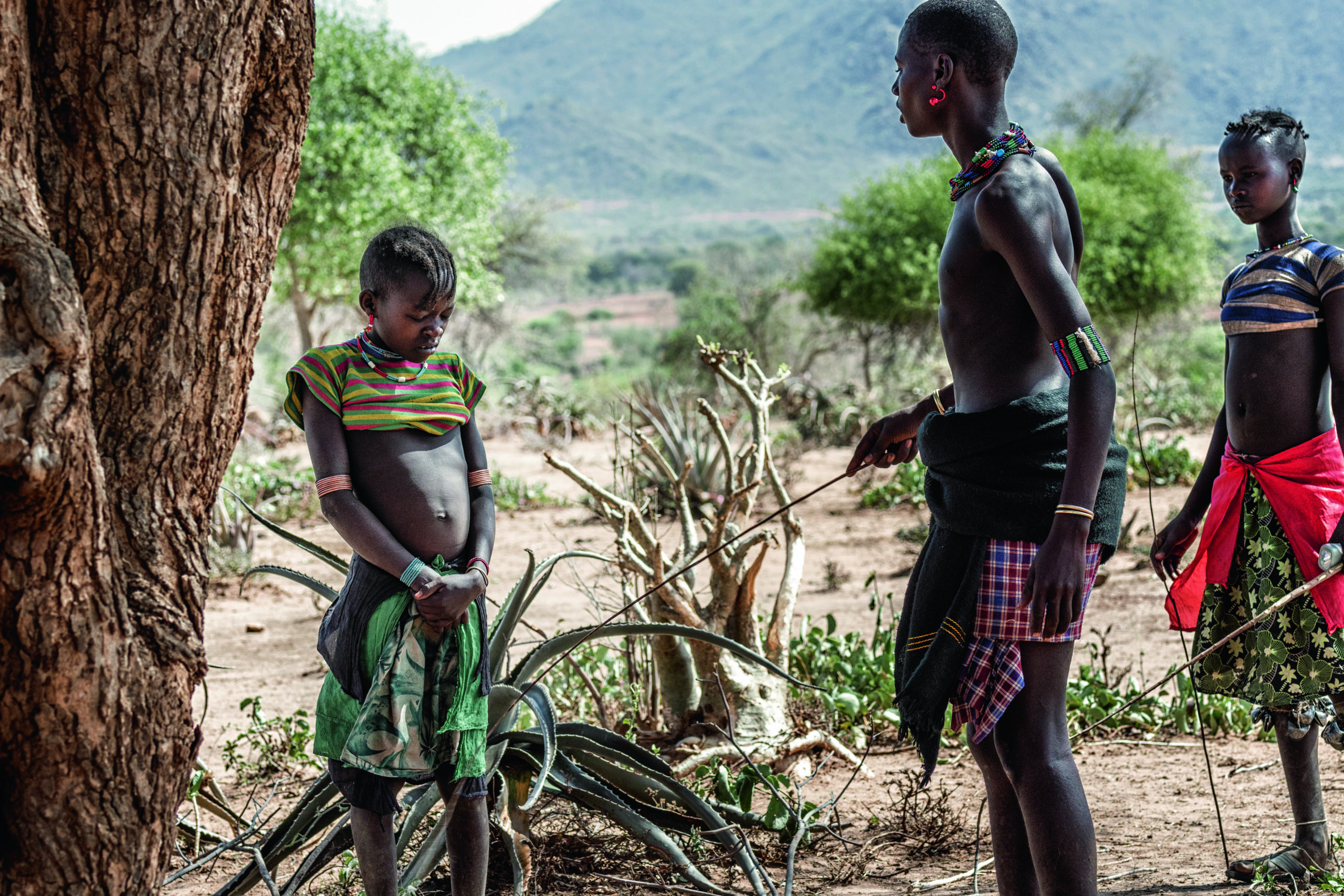
I seldom work on women-centric projects, but one that is very close to my heart is the story of the women of the Mursi tribe of Ethiopia. Those women perform a ritual at the coming of age ceremony of a boy in their family. At this time, the young men who have been through this ritual are involved in whipping the women related to the boy who is undergoing the ceremony.
The women, except for the mother of the boy, come to the ceremony highly decorated, their hair and bodies covered in clay and butter, dancing and singing. The young men then whip the women with whips prepared on the site. The women get cuts all over their bodies and often bleed profusely.
I have an image where a very young girl is insisting that she too can be strong enough to take the whipping and is waiting for a young man to strike her with a whip while her older sister looks on. The image speaks to me and each time I look at it, it breaks my heart. This image and others are all a part of my book, and the exhibitions on Omo.
What does Women’s Day mean to you as a photographer?
As someone who belongs to a family of strong women, and someone who is constantly deriving strength and support from a community of strong, wise and compassionate women friends and colleagues, I sometimes wonder why we need a women’s day. Are we being told indirectly that one day out of 365 is for the celebration of women, while the other 364 are not?
Do we need one day a year to celebrate women? I would rather belong to a world where each day we celebrate being good human beings, where there is respect, honesty and truth. It is sad that we feel that we can only celebrate a single day in a year as Women’s Day — I capture the world through a woman’s eyes every day. Each day is a day in the life of a woman, and my photographs capture and freeze these moments in time.
How can photography be a tool for women’s empowerment?
The haunting images of the Chipko movement, the fight for the Right to Information by Aruna Roy, the recent protests in Iran about Mahsa Amini’s death and women cutting their hair, the story of the young girls like Malala from Pakistan or Greta Thunberg, or the Narmada protests by Medha Patkar, as well as the struggles of Aung San Suu Kyi or Irom Sharmila were all brought into the consciousness of people across the world through the power of photography which supplemented the written and spoken word. Images can truly change the narrative and influence change, and be a powerful tool for women’s empowerment.
Have you ever faced limitations in terms of access to certain spaces?
In India, most of the top photographers are still men. There are only a small handful of women that have made their name in fine art photography, street photography, wildlife photography, fashion photography and photojournalism. The men’s club is still elitist and one that most of us have not been able to break into these. Assignments are hard to come by, and very few journals or magazines will work with women photographers. This needs to change.
What’s a project you’ve worked on that made you feel particularly proud as a female photographer?
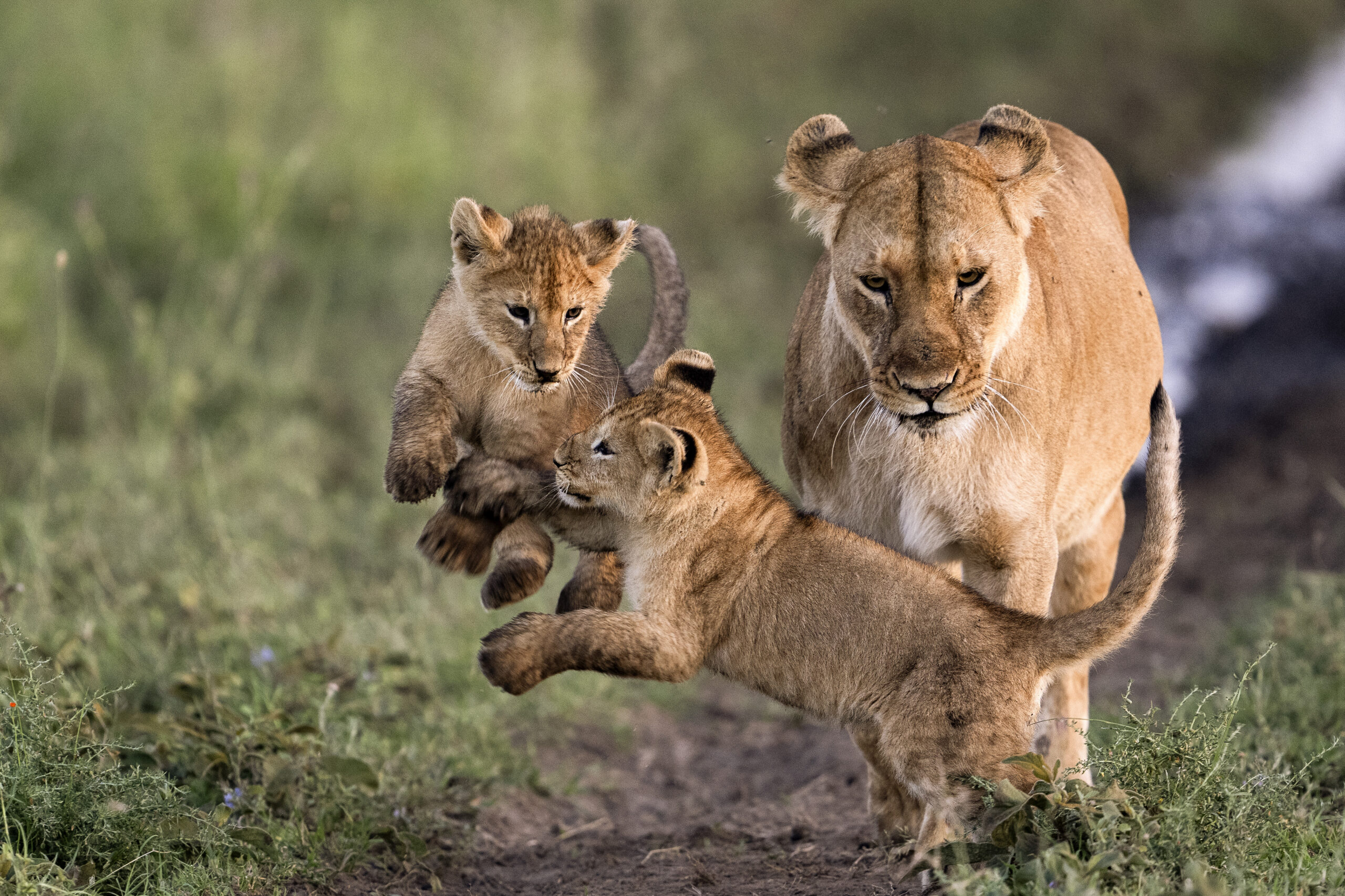
As one of India’s foremost wildlife photographers and the Tiger Princess of India, my three decades of work on big cats is something that I’m very proud of. I have worked across the globe and on all species of the big cats. I work on foot and have walked with many of the big cats. This is something that few photographers can do, and fewer have the courage to do. I am considered the role model for many young women entering this field, and this alone makes it all worthwhile.
Have you noticed a shift in the industry regarding how women are represented in photoshoots?
In the stories of today, strong, independent women who are decision makers, super moms, and powerful businesswomen are playing important roles in changing the narrative. The submissive housewife has disappeared, as has the gangster’s moll, and women can command centre stage presence in photoshoots as trend setters and role models.
If you could create a Women’s Day photo series, what would it focus on?
For a while now, I have been wanting to shoot a series on women weavers of India. I would very much like to shoot this and hope that I will be able to find someone who will support this dream project. The saree is a quintessential part of being an Indian woman, and I would like to tell the story of the creation of sarees through the women who create them.
